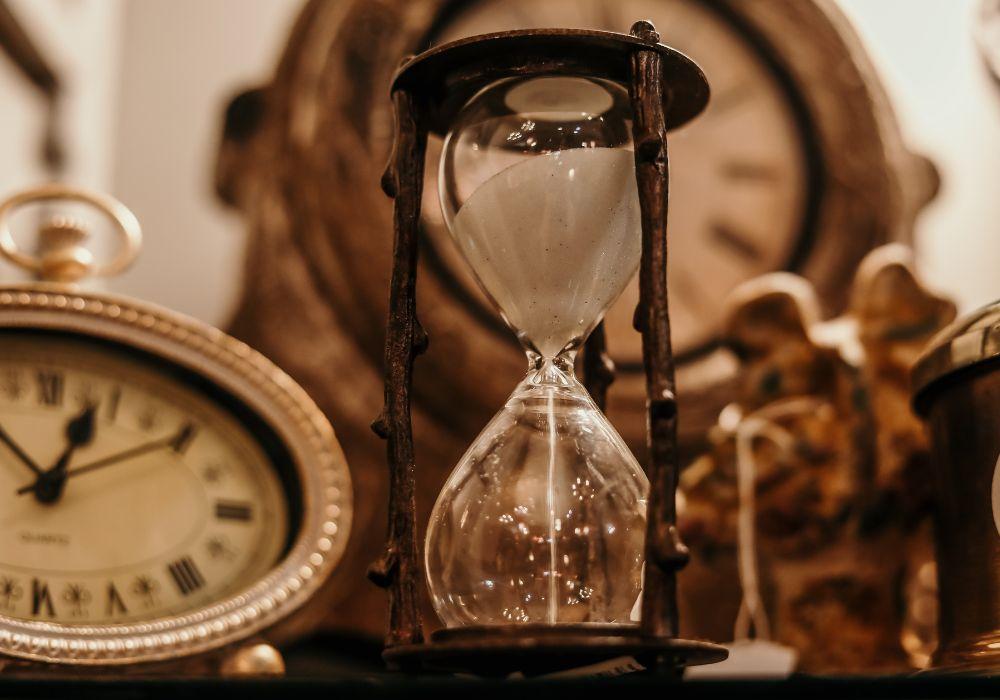Fashion Houses Embracing Cultural Fusion
Fashion Houses Embracing Cultural Fusion

The Rise of Global Inspiration
Historically, fashion has drawn inspiration from different parts of the world. Visit now https://spiderofficial.us/ Think of Yves Saint Laurent’s Moroccan influences, or Alexander McQueen’s use of Japanese tailoring. However, the modern iteration of cultural fusion is more intentional and inclusive. It goes beyond surface-level adoption and aims for respectful collaboration.
Major fashion houses such as Dior, Louis Vuitton, Gucci, and Stella McCartney are actively working with international artisans, integrating multicultural elements into their collections. This ranges from African prints and Indian embroidery to Indigenous American beadwork and Chinese silk techniques. The result is a refreshing blend of tradition and modernity that speaks to a broader, more connected audience.
Collaborations and Craftsmanship
One of the most powerful ways fashion houses embrace cultural fusion is through collaboration. For instance, Dior’s creative director Maria Grazia Chiuri has worked with Indian artisans to incorporate traditional techniques like hand embroidery and mirror work into haute couture designs. These collaborations not only add depth to the final product but also support local economies and preserve endangered art forms.
Similarly, Louis Vuitton’s partnership with Ghanaian-American designer Virgil Abloh opened doors to Afrocentric aesthetics in luxury menswear. His collections often fused Western tailoring with African patterns and cultural references, reshaping what high fashion could look like.
Gucci has also leaned into cultural storytelling through initiatives such as its collaboration with Dapper Dan, a Harlem-based designer known for remixing luxury logos with streetwear flair. Gucci provided him with the resources to reopen his atelier, effectively legitimizing a historically marginalized aesthetic and turning it into a global sensation.
A Two-Way Dialogue
Cultural fusion is no longer a one-way street. Rather than Western fashion houses simply borrowing from non-Western cultures, there is a growing trend of mutual exchange. Designers from diverse backgrounds are taking the lead in large fashion houses, bringing their heritage with them and influencing global trends.
Take the example of South Korean designer Yoon Ahn, who heads the jewelry division at Dior Men, or Nigerian designer Kenneth Ize, whose work with traditional Aso Oke weaving techniques brought West African textiles into the international spotlight. These voices bring authenticity to the narrative, ensuring that cultural elements are presented with depth and respect.
Moreover, digital platforms and social media have enabled designers from around the world to reach global audiences without the need for Western validation. This shift in power dynamics allows for a more equitable representation of cultural identities in fashion.
The Fine Line Between Appreciation and Appropriation
While cultural fusion in fashion can be a celebration of diversity, Check it now https://sp5derhoodieshops.com/ it also raises questions about cultural appropriation. When fashion houses use traditional symbols or garments without understanding their significance or compensating the communities they originate from, it leads to exploitation.
To avoid this, many designers are now placing emphasis on education, transparency, and collaboration. Cultural consultants are brought on board to ensure respectful use of motifs. Credits are given to traditional artisans and communities. Brands are also investing in storytelling that explains the cultural significance behind each element, transforming garments into vessels of heritage rather than mere fashion statements.
Sustainability and Cultural Revival
Another positive impact of cultural fusion is the revival of traditional craftsmanship in an era of mass production. Many age-old techniques, once on the verge of extinction, are being revitalized through partnerships with fashion houses. These include handloom weaving, natural dyeing, hand-beading, and block printing—methods that are not only culturally significant but also environmentally sustainable.
Fashion brands like Stella McCartney and Gabriela Hearst have championed the use of artisanal, ethical production practices that align with their eco-conscious missions. By investing in cultural craftsmanship, these brands promote sustainable fashion while also ensuring that local skills are passed down to future generations.
The Future of Fashion Is Multicultural
As the world becomes increasingly interconnected, the demand for fashion that reflects diverse identities and experiences will only grow. Consumers today are more conscious than ever; they seek clothing that resonates with their values, tells a story, and reflects the beauty of global diversity.
Fashion houses are recognizing this shift and responding accordingly. Cultural fusion is not just a trend—it’s a movement toward a more inclusive, thoughtful, and globally aware industry. When done with respect and authenticity, it has the power to celebrate difference while finding unity in expression.













































































